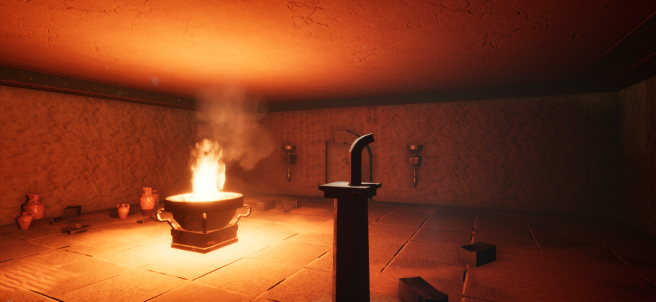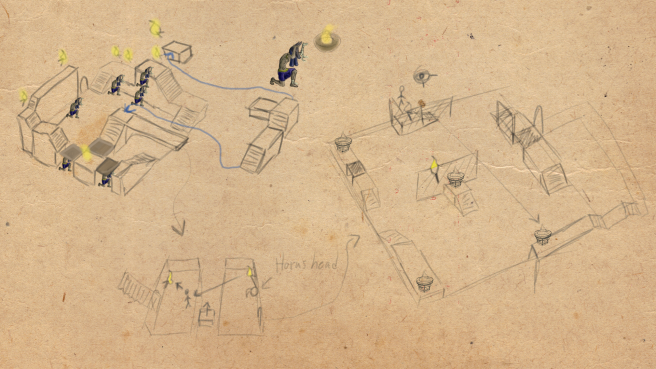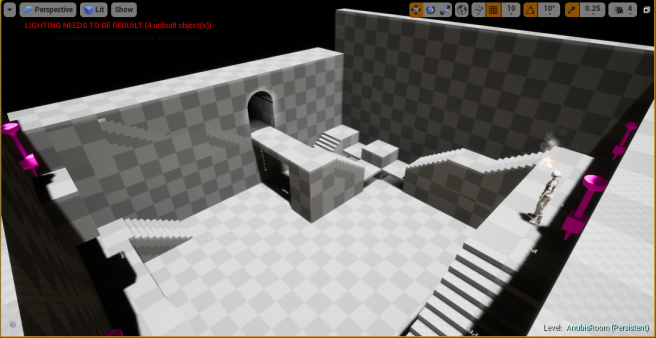This week I have spent the most on migrating the whole server to a git repository instead of subversion. I made this decision because there were too many problems with the subversion repository. The main problem being that a bug happened which resulted in the affected person had to delete the whole project and then download it again for it to work. After some ten repeats by different people I became fed up with how much time this took from me working on the project, so I began to research an alternative and my eyes was on git with sourcetree. The group was quiet negative against the choice of changing to sourcetree because of the problems it caused in their previous projects and also that having a local server is helping immensely with the upload and download speeds as we only have ADSL in the offices. So I looked around to see if I could find any tutorial on making a git repository on a local server. My research found that a lot of people were using bonobo git server for local hosting, which I started to install. It proved to be quiet a hassle because we hadn’t installed .NET 4.0 which required Windows Service pack 1. After installing all of the necessary programs, connecting was the only thing left. All I had to do was to access the folder where I had placed the bonobo git server and sourcetree recognized it as a git repository. All I had to do now was replicate it on all the computers from the group and then teach everyone on how to use sourcetree without accidentally deleting the whole project.
Later in the week I made a particle system that emits dust in the atmosphere to give a more realistic feeling to the rooms. This was made easy from the tutorial at udemy that I referenced in an earlier blog post where it shows how to make dust in your scene. As I’m not really literate on particles and certainly not cascade, which is Unreal Engines particle builder, I followed the tutorial and came out with a result I’m kind of happy with, but I will most definitely edit the effect to make it look better after the QA has taken a look at it.




